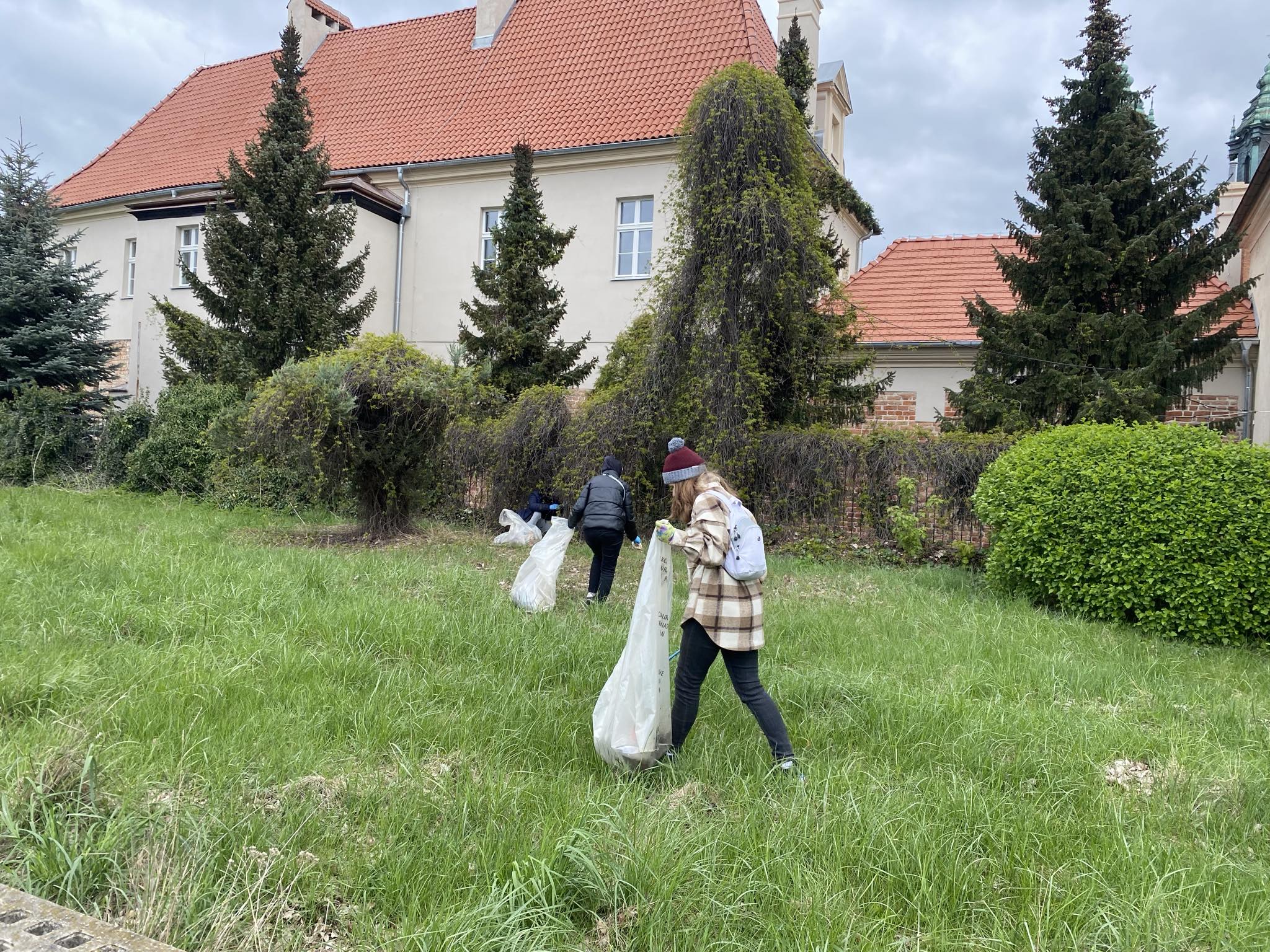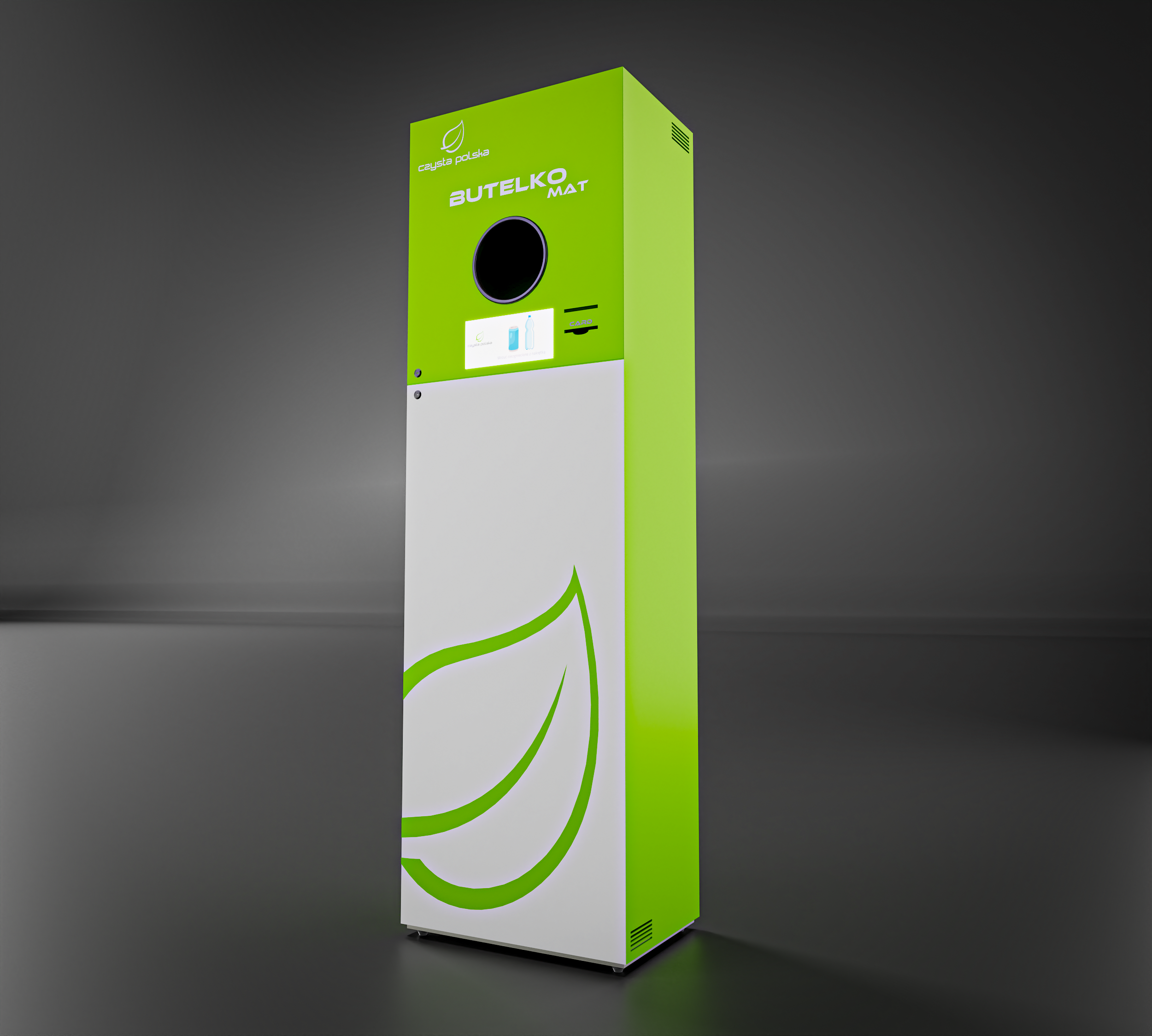Innovative and effective technology for remediation of soil contaminated with creosote

It offers high efficiency, is cheaper than other methods and works well in even the most difficult soil conditions. Bioremediation is a technology that will halve the content of creosote oil in the soil within a year. It was developed by scientists from the Łukasiewicz – Poznań Institute of Technology in cooperation with researchers from the Poznań University of Technology and the Lodz University of Technology.
Creosote oil is used to saturate wooden railway sleepers and telecommunication poles. It effectively protects them from moisture or fungal growth. However, it is highly toxic to humans and the environment. Due to its polycyclic aromatic hydrocarbon (PAH) content, it is classified as a carcinogen. For this reason, its use is severely restricted. It may only be used by companies with the relevant permit. The autoclaves used to saturate the wood are always located in the open air. When a spill occurs – the creosote-contaminated soil must be cleaned up.
However, this is not easy because, due to its high PAH content, creosote is not broken down quickly enough by naturally occurring micro-organisms in the soil or water.
Many methods are used – often physico-chemical, where the treatment process requires energy-intensive air or water pumping steps. A large number of methods are so ineffective that it is necessary to transport the contaminated soil to external decontamination piles.
Bioremediation
Researchers from the Łukasiewicz-Poznan Institute of Technology, Poznan University of Technology and Lodz University of Technology have developed a new soil bioremediation technology that is effective and inexpensive.
They used micro-organisms grown in bioreactors – bacteria and enzymes obtained from fungi – which transform toxic organic compounds into simpler and harmless substances. Before the scientists selected the composition of the biopreparation, they tested more than a dozen research variants in the laboratory.
The soil they were treating – from the railway sleeper saturation plant – had been contaminated for several decades. In addition, it was very demanding – with high density and water capacity.
– By conducting tests on a quarter-technical scale on moderately contaminated soil, we were able to reduce the content of polycyclic aromatic hydrocarbons by 80 percent within three months. – says Mateusz Sydow, PhD, from Łukasiewicz – PIT. – In technical tests, on the other hand, the PAH content always decreased more than twofold within a year, he adds.
The technology developed is cheaper than those currently in use, as it does not require transporting the soil to the decontamination piles. The duration of bioremediation depends on the properties of the soil, the degree of contamination and the weather. In spring and summer, the treatment is accelerated, in autumn and winter the microorganisms hibernate and wait for better conditions.
– This technology has been prepared for the most unfavourable soil conditions that can occur in Poland, emphasises Mateusz Sydow, PhD.
Approximately 40,000 m³ of wood treated with creosote oil is produced annually in Polish saturation plants.
Researchers from Łukasiewicz – PIT are now working on technology for the disposal of used wooden railway sleepers treated with creosote oil. It is estimated that one and a half million of such sleepers will have to be disposed of in Poland over the next 20-40 years.




